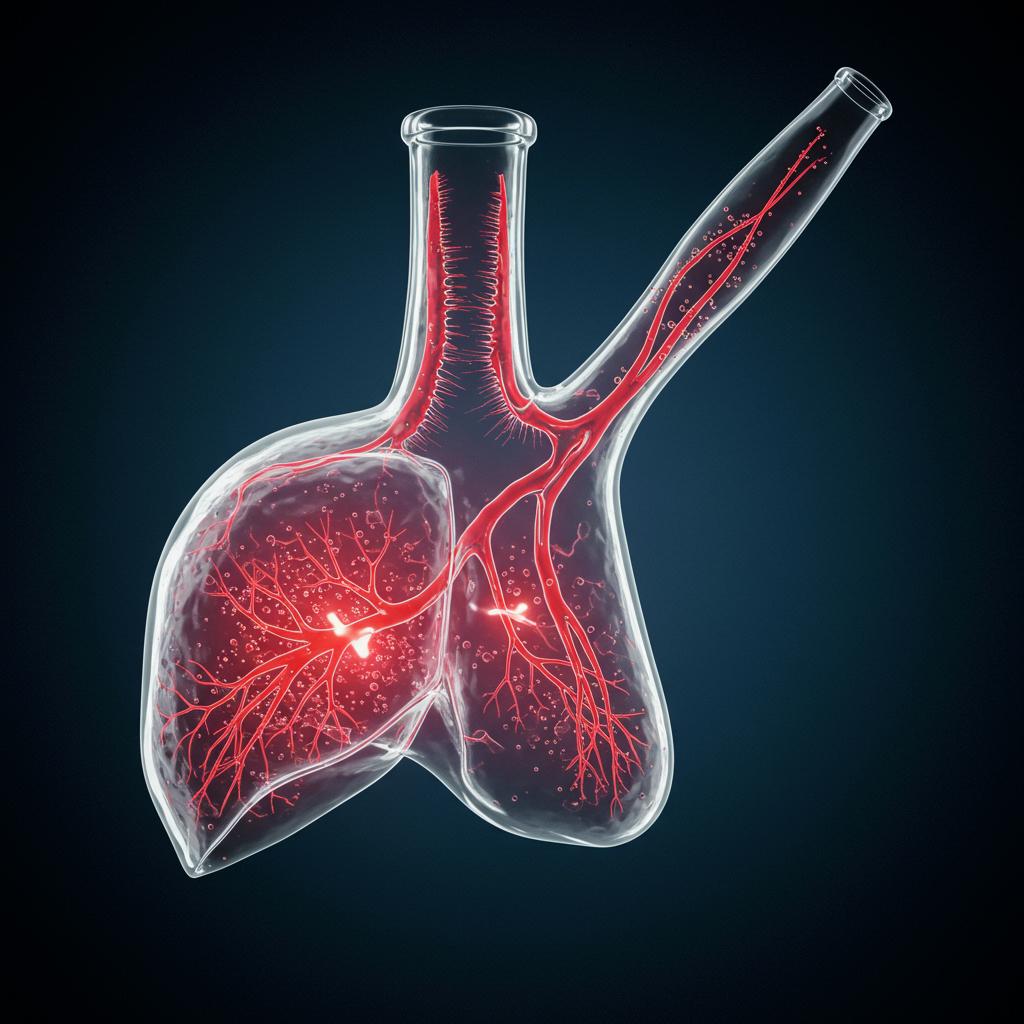
Ever noticed how getting older seems to come with a higher risk of lung problems? It’s a fact – age is the biggest risk factor for everything from pneumonia to chronic lung diseases like COPD and pulmonary fibrosis. This vulnerability was tragically highlighted during the COVID-19 pandemic, which disproportionately affected and claimed the lives of older individuals. However, the pandemic also offered surprising insights into the lung’s remarkable ability to bounce back.
While COVID-19’s impact was devastating, a silver lining emerged: the majority of patients who suffered from SARS-CoV-2 pneumonia, even those severely ill, recovered with their lung structure and function largely restored. This challenges the old idea that lungs are essentially “fixed” organs incapable of regenerating. It turns out, our lungs have more regenerative power than we previously thought! So, what’s going on?
Scientists are now exploring exciting new theories about how the lungs repair themselves after injury and why this process sometimes fails, especially in older adults. Let’s delve a bit deeper:
- Lung Regeneration: Our lungs possess a remarkable ability to repair and regenerate themselves after injury. This involves a complex interplay of different cell types working together to restore damaged tissue. Think of it like a construction crew working to rebuild after a storm – different specialists work together to fix the damage.
- Age-Related Decline: As we age, these repair mechanisms become less efficient. This is likely due to a combination of factors, including decreased cell function, reduced blood flow to the lungs, and a weakened immune system. Essentially, the construction crew gets smaller, slower, and less effective over time.
- The COVID-19 Lesson: The fact that so many COVID-19 patients recovered well, even after severe lung damage, shows that even aging lungs possess significant regenerative capacity. This gives us hope for developing new treatments to boost lung repair and protect against age-related decline.
- Future Research: Scientists are working hard to uncover the specific mechanisms behind lung regeneration. Understanding these processes could lead to groundbreaking therapies that help people recover more quickly and completely from lung injuries and diseases. Imagine treatments that could supercharge the lung’s repair crew!
The journey to understanding lung regeneration is ongoing, but the progress is encouraging. While aging remains a significant risk factor for lung disease, the lung’s inherent ability to repair itself offers hope. By unraveling the secrets of lung regeneration, we can pave the way for innovative treatments and interventions that improve respiratory health for everyone, regardless of age. It’s a testament to the incredible resilience of the human body, and a beacon of hope for future advancements in respiratory medicine.
